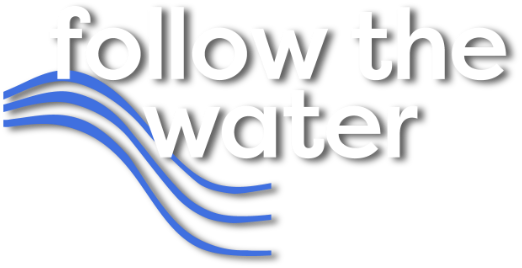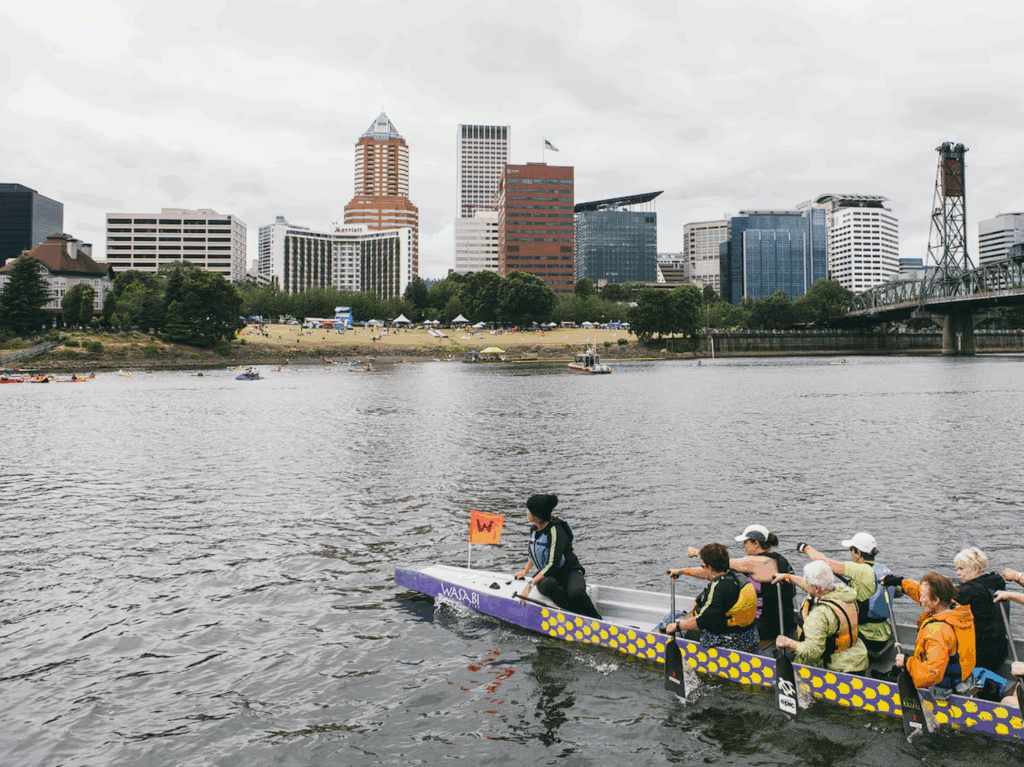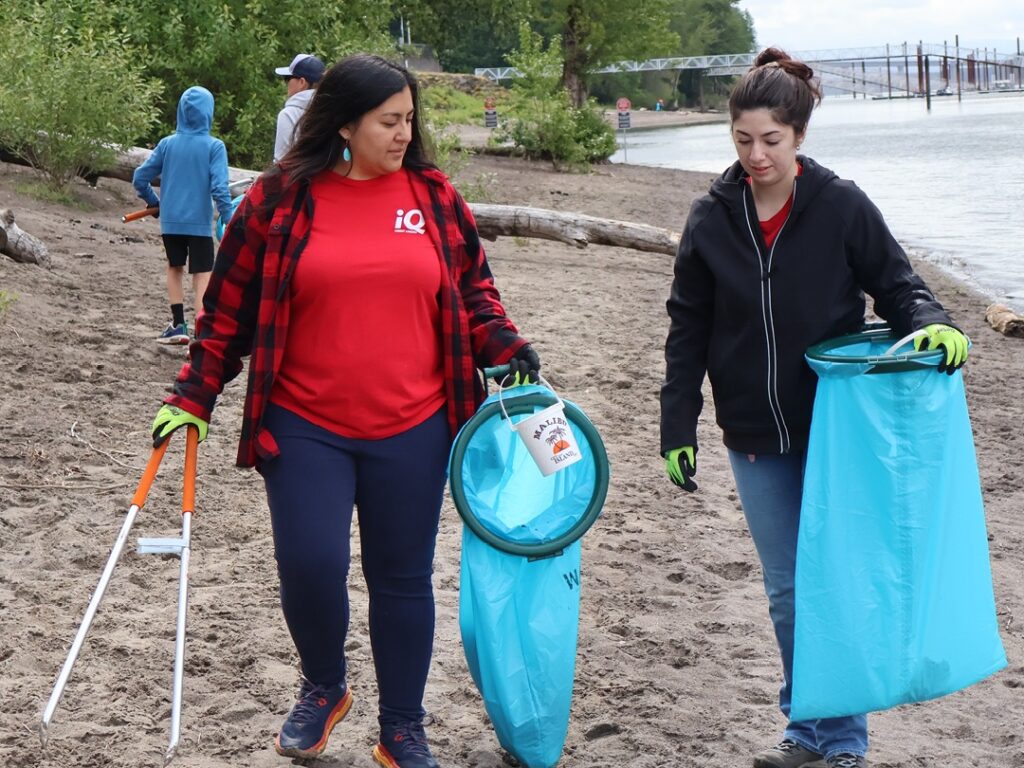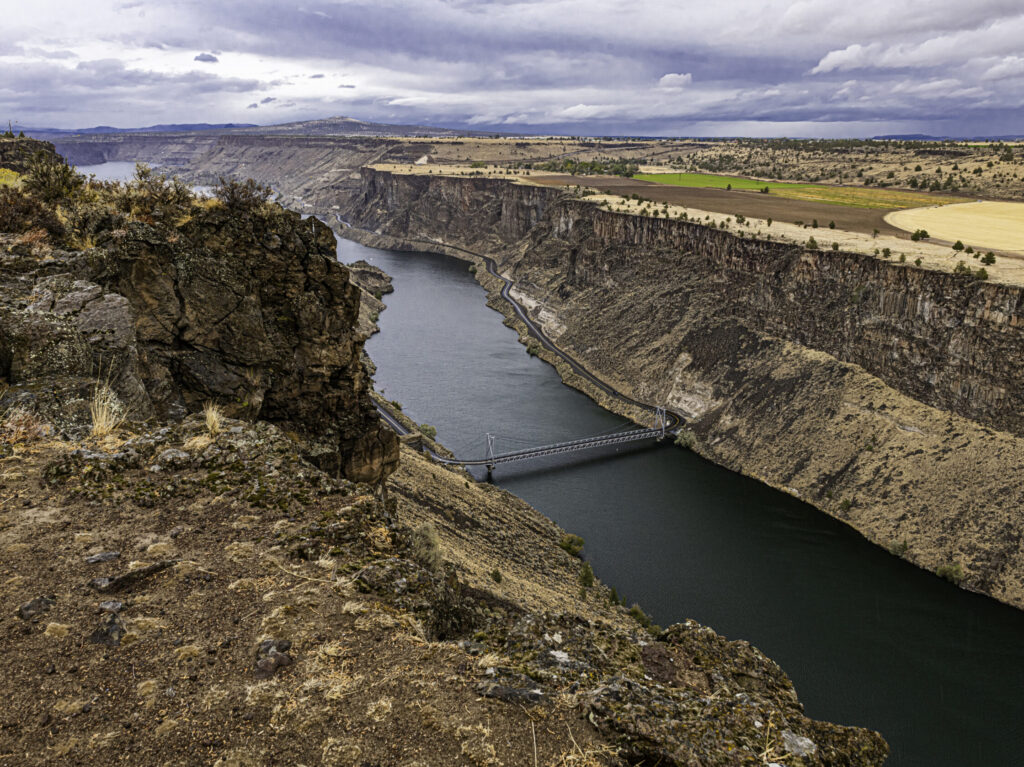Oregon Water Stories: Benton County
Author
Posted
Share

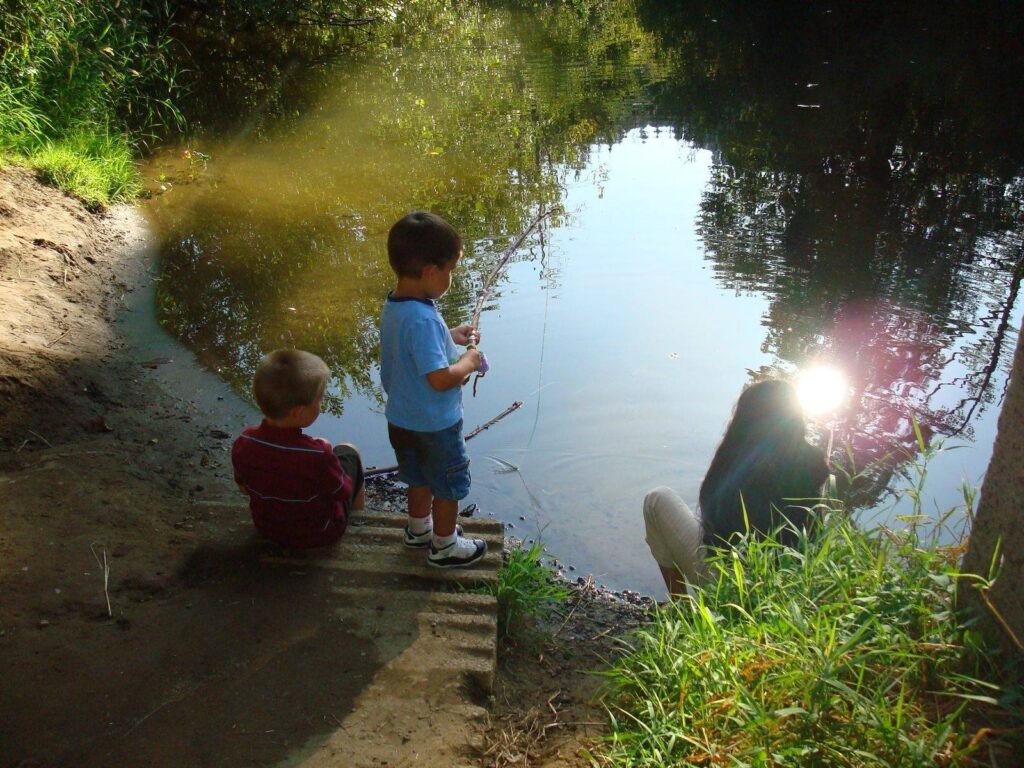
Oregon Water Stories is a project of PSU Professor Melissa Haefner’s freshman inquiry class, running from 2018 to present. The goal of the project is to gather stories from around the state of Oregon that relate to the modern relationship between humans and water. Haefner’s 2023 class wrote profiles on various Oregon counties that explored the different water challenges being tackled around the state. The following profile from one of Haefner’s students has been abridged and revised, with permission, for sharing here.
June 2023
Home to acres of agricultural farmland, peaks overlooking the glorious Willamette Valley, and one of the top universities in Oregon, Benton County is a place many are proud to call their own.
Benton County is the fourth smallest county in Oregon by land area with 679 square miles. Ninety-seven thousand people populate the county’s five cities: Adair Village, North Albany, Monroe, Philomath, and Corvallis. Corvallis is home to Oregon State University – one of the biggest universities in Oregon – and is estimated to hold about two-thirds of the entire Benton County population.
Though Benton County isn’t known for many popular bodies of water, it has several lakes, dams, and reservoirs, including Thompson Lake, North Fork Dam, and Crystal Lake. It also has several waterways, principally the Willamette and Marys Rivers.
While Benton County has several beautiful water sites, the area is no stranger to water issues. In 2021, for example, Benton County’s official government page updated information about the ongoing presence of a turbid water plume, or the mixing of freshwater and saline saltwater in a body of water, in Marys River. Thankfully, several government organizations, like the Oregon Department of Environmental Quality, were able to quickly respond and get the situation under control.
Like this issue in Marys River, many of Benton’s water issues are not too detrimental and receive a fair amount of coverage in order to make sure the county’s citizens are safe. During my research, though, I had to wonder: What happens if people don’t speak English and/or are unable to read and understand these public notices? Are kids learning about water issues in school? How accessible is water information really?
To answer these questions, I spoke with my friend Andrea’s mother, Adriana. Adriana lives in North Albany and works as a Spanish translator at Sunrise Elementary School in the Greater Albany Public Schools district. Because of the unique perspective that comes with her job, I wanted to know her thoughts about water access at her school and how accessible information about water and health is to the members of her community.
Thalia: You’re working at an elementary school with a large number of minority students. Have you noticed that the water access is different at your school than other schools in the community? Or do you think it’s pretty much the same?
Adriana: There is a difference between the schools. I’m in the school with the lowest income in Albany, and it’s a Title I so it’s a poorer school. We usually always have fountains, but lately, they had to put a filter on the water fountains. For many years, the regular fountain water…They told us it has had lots of lead and they didn’t encourage you to drink that. But now, it’s better.
T: As a translator, it’s your job to make sure the families are getting the information they need. Do you think the Sunrise parents are getting the proper information to keep their families healthy?
A: No, I don’t think so.
T: Why not?
A: Obviously, that’s the director’s job. They should be doing that. And the principal. But it’s been a very, very rough year. This year, we’ve had five principals. So it’s been one after the other. Finally, next year, we’ll have one that’s going to be permanent. But this year, we had [people] doing whatever they could do little-by-little. But, yeah, it’s a very important topic for these people to let them know how to be healthy. And I don’t think we do that.
T: Do you think it’s specifically an issue with your school? Or do you think it’s an issue with the district?
A: You know, it really might be the school district. We used to have a program and it was through OSU. They had a garden at Sunrise. So, the kids would grow things, and then they got to take the crops home and all the zucchinis or whatever they were planting. It was a really good program. Now, there is a program through OSU, too, and they go once a month, which is not enough. I understand that it’s just the second grade, or maybe they change classes, and they prepare some kind of food or they teach them how to make a salad. For example, last month, it was mushrooms. They used them because it was mushroom season. Yesterday was basil. So, it’s very good, but I don’t think it has the impact it should have because it’s once a month and they change classes. It’s not enough.
T: Can you tell about a time when the school or the school district has faced a challenge with getting information to parents? Has there ever been a time when there was something happening but the parents didn’t know about it?
A: No, I think we don’t have that problem. There are different translations happening and in every single school there are bilingual persons. I don’t think we have that problem.

Related Posts
Oregon Water Stories: Multnomah County
Oregon Water Stories is a project of PSU Professor Melissa Haefner’s freshman inquiry class, running…
Watershed Alliance of SW Washington
Watershed Alliance of SW Washington is a non-profit organization located in Vancouver, Washington. Their mission…
Oregon Water Stories: Jefferson County
Oregon Water Stories is a project of PSU Professor Melissa Haefner’s freshman inquiry class, running…
